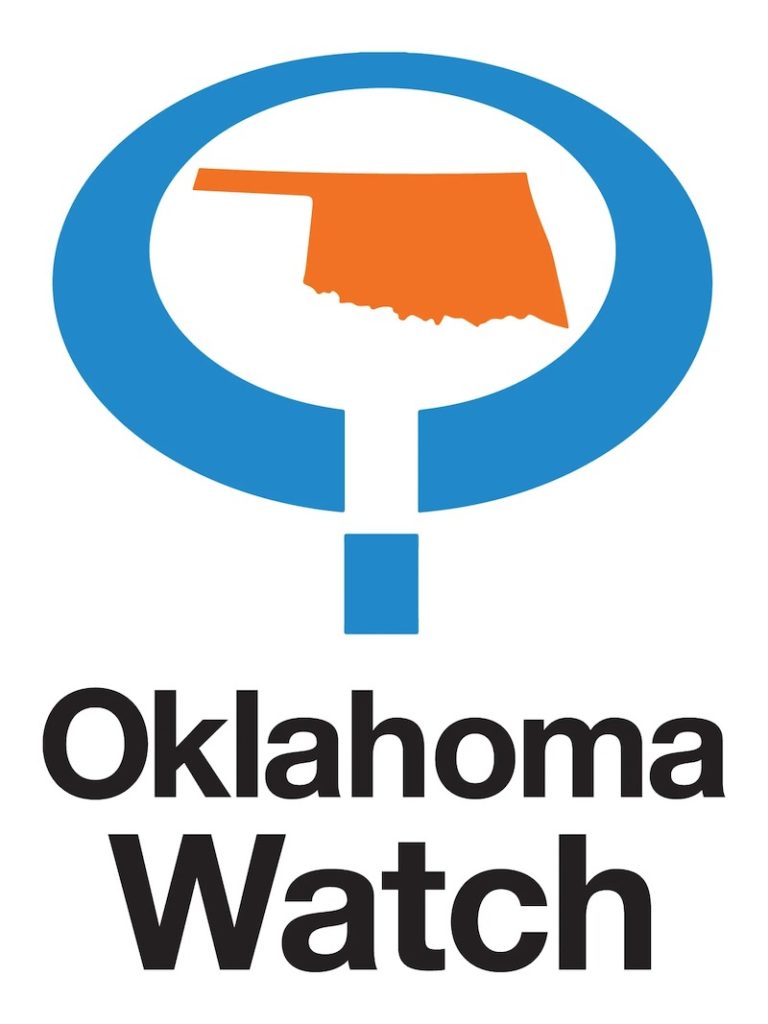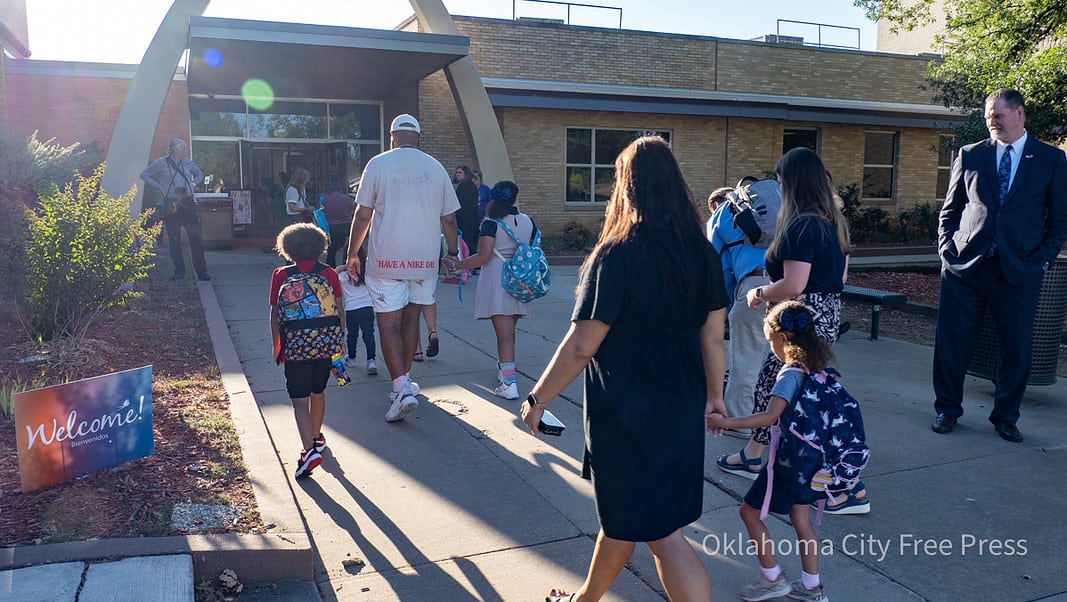OKLAHOMA CITY — Students in Oklahoma experience housing instability at a higher percentage than the national average.
That contributes to the state’s chronic absenteeism rates, with evictions being linked to a decrease in school attendance.
“A lot of young people are falling behind or dropping out because they don’t have the support they need,” said Rachel Bradley, executive director of Sisu Youth Services.
Sixty percent of students experiencing homelessness or housing instability were chronically absent during the 2024-2025 school year, according to data from Oklahoma City Public Schools.
Similarly, Tulsa Public Schools, working alongside ImpactTulsa, found that areas with high concentrations of absenteeism overlapped with eviction hot spots.
During the 2022-2023 school year, Oklahoma schools reported that 24% of children statewide were chronically absent. America’s Health Ranking found that 3% of students in Oklahoma were homeless or facing housing instability in 2022, ranking the state among the ten states with the highest percentages of housing instability among students in the United States.
Jumping from school to school and facing different curricula, timelines, and cultures can be harmful, Bradley said.
Evictions and transfers
The disruption of education and school transfers typically occurs due to eviction proceedings.
An Eviction Lab report revealed that evictions put students at an increased risk of switching schools or leaving the school district.
The report analyzed Houston, Texas, and found that within an academic year, 12% of students whose parents were evicted ended up at a different school. Texas reported a smaller percentage of chronically absent students than Oklahoma, and Oklahoma’s two most populous cities, Oklahoma City and Tulsa, have higher eviction rates than Houston, indicating a higher percentage of students in Oklahoma risk chronic absenteeism and school transfers due to eviction and housing instability.
“We are trying to help kids have a stronger education, and we know movement from school to school is detrimental, missing school is detrimental,” said Rep. Ellen Pogemiller, D-Oklahoma City. “Housing stability is a part of ensuring those kids have a better education.”
Pogemiller recently introduced an interim study to identify the root causes of chronic absenteeism.
“Destabilizing the life of a child is going to impact their performance in schools,” said Joe Dorman, CEO of the Oklahoma Institute for Child Advocacy.
When children are involved in evictions, the effects on their academic outcomes should be considered, Dorman said. Oklahoma has one of the fastest eviction timelines in the nation.
Results
“The lack of consistent education that they are receiving hurts their overall academic outcomes,” Pogemiller said.
Oklahoma has an 85% high school graduation rate, according to data from the state’s 2024 report card, which is lower than the national percentage. Economically disadvantaged students in Oklahoma outnumber those who aren’t, increasing the likelihood of housing instability.
Housing instability affects children’s ability to complete their studies outside of school hours, too, Dorman said.
Aside from short-term academic results, childhood evictions also harm long-term economic prosperity.
“We will have young people come to us at 19, they’re a legal adult, but they have no copies of any identifying documents, they have moved around fourteen times, and if they had those copies, they got lost or destroyed at some point,” Bradley said. “Then they can’t get a job, they can’t apply for benefits, they can’t sign a lease or any of those things because they have no identifying documents.”
Without identifying documents and a higher risk of lacking a high school diploma, young adults who experienced childhood housing instability are at a disadvantage.
“If students are not able to complete their basic high school diploma, it is harder for them to find a job,” said Dorman.
What’s being done
There are also solutions being presented at the district level for schools, with Tulsa Public Schools being one of them.
“We know that housing instability is a real barrier for some families,” TPS spokesperson Caroline Crouch said in an email. “Being safe, healthy, well-rested, and ready to learn each and every school day can make the difference between a student thriving or struggling.”
Oklahoma City Public Schools established a program called Homeless Outreach in Public Education, which seeks to provide support to students experiencing housing instability.
Dorman said he supports the local programs, but more needs to be done at the state level.
“The fact of the matter is, we have homelessness and eviction rates hitting every demographic in Oklahoma,” Dorman said. “It is a problem that people don’t recognize and we need solutions to come out of the Capitol building that will help these folks be able to provide some stability and stay in a home that hopefully is permanent.”

Republished in partnership with Oklahoma Watch under a Creative Commons license. Free Press publishes this report as a collaborative effort to provide the best coverage of state issues that affect our readers.
Jake Ramsey covers evictions, housing and homelessness. Contact him at (405) 370-3798 or jramsey@oklahomawatch.org.











